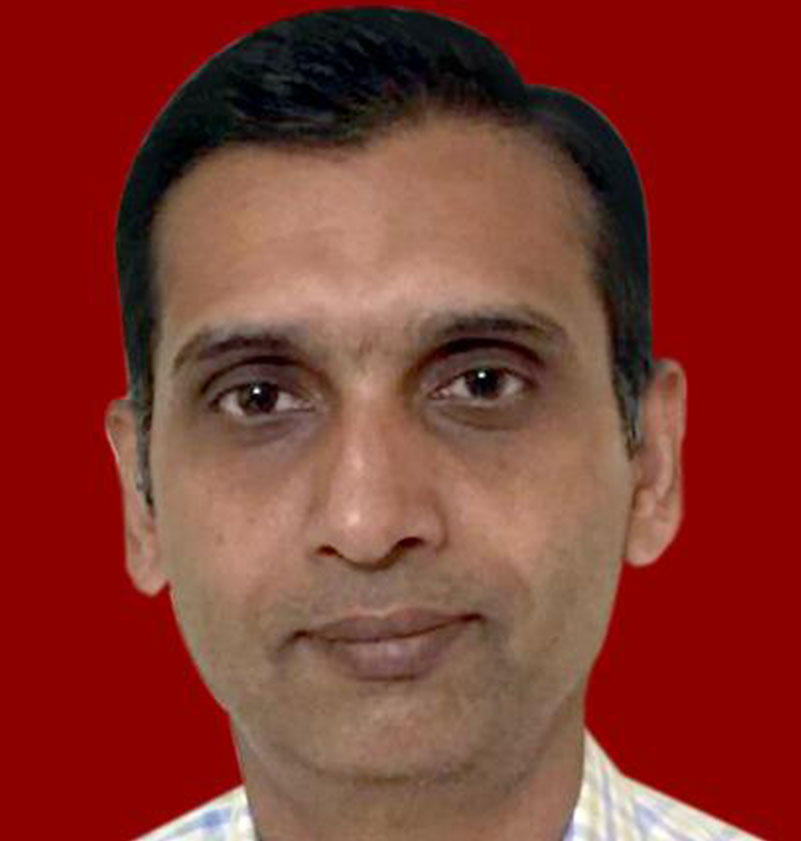People: Sashideep Gutti and Kannan Ramaswamy along with other interested faculty in the Physics department
Aim: The primary vision of this group is to make undergraduate level Physics teaching exciting, engaging, and rewarding for students. This is a challenge as a University like BITS has students with varied interests and ambitions. In particular, one one hand there are students who are primarily looking for applications of Physics that could be turned into an idea for a startup, on the other hand there students who are purists. They want in depth presentation of ideas in Physics. It is therefore a big challenge for the instructors to capture the attention of students of a class of 500 students for an entire semester. Keeping this in mind, our aim is to create situations in the classroom that are rewarding for both categories of students. Furthermore, we have developed several classroom demonstrations to explain tough ideas like precession and Coriolis force. Our motto is to create activities that will let students learn!
Teaching methodology: Several teaching techniques need to be blended appropriately for creating an ambiance conducive to learning. It depends a lot on how students respond to the instruction in the first few days of the class. It appears that activity based learning is the way to go. In activity based learning there is minimal lecturing from the instructor. Instead the instructor plans activities that will make the students think and learn about concepts and ideas.
One such activity based teaching method is called Research Based Pedagogical Tool or RBPT in short. COESME, IISER, Pune has conducted several RBPT workshops across several parts of the country for the College teachers at various levels. Kannan Ramaswamy has participated in three RBPT workshops starting from the beginners to the advanced levels.
In the RBPT method, the instructor takes up a concept to be taught in the class and converts it in the form of research questions and activities that students will undertake as a part of the course. In particular, the research problem is chosen in such a manner that students are excited and motivated to carry out the various activities planned by the instructor. Importantly, RBPT method emphasizes student autonomy - students have to come up with the ideas themselves, so that they get a real feel of the research and the problem.
Please find below a link that helps to understand RBPT based activity to teach a particular concept. Instructors who want to know more about RBPT based teaching methodology could contact COESME, IISER, Pune (
http://www.iiserpune.ac.in/outreach/coesme).
(An example of RBPT)
Publications:
- "Ideas to enhance learning", Kannan Ramaswamy, Teacher plus Magazine, May – June 37, 2015
- "Interlinking Ideas Across Discipline for Effective Learning: An Illustration", Sashideep Gutti and Kannan Ramaswamy, Book Chapter in Opportunities and Challenges in Classroom Teaching: A Few Reflections, Jain Brothers, New Delhi, 2016, ISBN: 978-81-8360-232
Classroom Demonstrations:
- Gyroscope – to teach torque, angular momentum and precession (https://youtu.be/k5WTACO1pvI)
- Coriolis bench – to demonstrate Coriolis force
- Tornado in a bucket – this demo was used to show that a mass rotating on a table cannot be pulled to the center, by a string attached to the mass, with a finite force. The formation of the "eye of a storm" was explained based on this demonstration. Gyroscope – to teach torque, angular momentum and precession (https://www.youtube.com/watch?v=-xrHAoNs4rE)
- Faraday cage – To show that electric field inside a metal box is zero
- Sliding magnets on a copper plate and magnets dropped through a hollow copper pipe: to show a manifestation of Lenz's law and Eddy currents
- Eddy current pendulum – to demonstrate the effect of eddy currents in a spectacular manner
Useful teaching related references and links
· www.facultyfocus.com (this link discusses several strategies on teaching and learning)
· Teaching and Learning STEM by Felder and Brent, Jossey – Bass, Wiley, 2016 (This is a very resourcelful book for instructors who are involved in teaching science, engineering and mathematics)
· How learning happens by Hendrick Kirschner and Paul A., Taylor and Francis, 2020 (A very interesting collection of ideas on educational psychology. It has several useful references for instructors.)
Courses taught
Foundation courses for undergraduate students :
- Mechanics, Waves and Oscillations
- Electromagnetic Theory - I
- Mechanics, Waves and Oscillations Laboratory
Compulsory disciplinary courses for M.Sc Physics students :
- Electromagnetic Theory-II
- Electromagnetism and Optics Lab
- Modern Physics Laboratory
- Solid State Physics
- Advanced Physics Laboratory
- Optics
Elective course :
- Introduction to Nanoscience
Study and Lab Oriented Projects :
- Spintronics
- Electromagnetic Cloaking
- Biosensors
- Solar Cells
- Nanoplasmonics
First Degree Dissertation :
- Magneto-optics in Ferrofluids
- Nanoplasmonics
- Photovoltaics
Ph.D Course :
- Research Project
- Selected topics in Physics


 An Institute of Eminence
An Institute of Eminence







